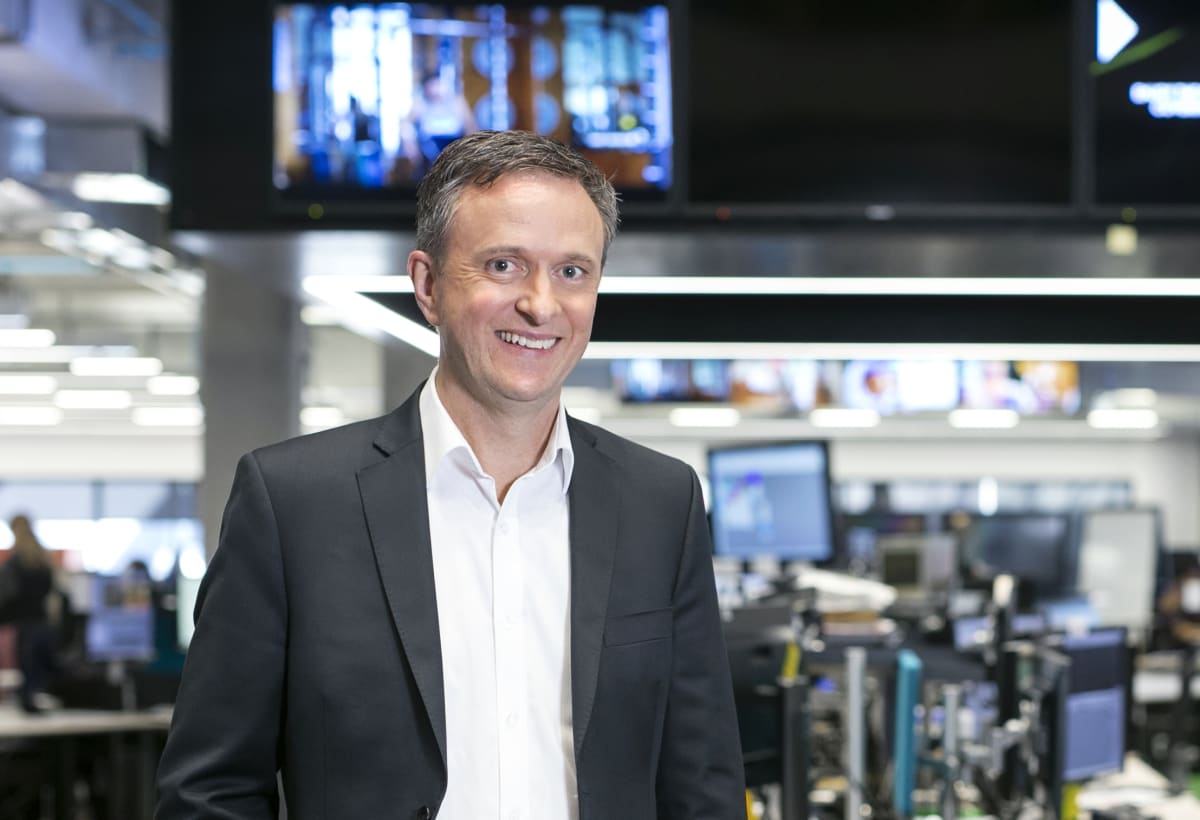Whether he wanted to or not, TVNZ boss Kevin Kenrick just strengthened the arm of the hard heads in Treasury opposed to the idea of pumping tens of millions into restructuring the public media sector.
TVNZ’s decision to pay a $15 million dollar dividend to the Government blows away the prediction that sooner or later the state owned broadcaster will be on its knees crying for a hand out. Those arguing that TVNZ’s receding commercial viability meant there was little to lose in compelling it to have wider social mandate and cater for niche audiences have run into a brick wall.
Broadcasting Minister Kris Faafoi’s advisory group is due to report soon on how TVNZ and RNZ could be turned into more resilient, innovative public broadcasters. Faafoi, with the help of two big accounting firms, has spent millions of dollars and more than two years trying to come up with a business plan that makes sense. Treasury, and now many of his Cabinet colleagues, are likely to be asking him a simple question: What’s wrong with a payout of $15 million and carrying on as we are, thanks?
It is true that Covid has played to TVNZ’s advantage. Not being able to source the normal amount of content lowered the cost of programming by 30 percent and overall operating expenses dropped by $67.3 million. Locked down audiences pushed up free-to-air ratings and helped the information heavy channel, TVNZ1, increase its market share.
Other local media companies have improved their profitability through rigorous cost cutting but Kenrick and his team have done something that has eluded heavyweights like NZME and Sky. They have significantly increased revenue.
Total advertising revenue rose to $322.2 million, $39 million more than the previous year. Net profit was $59.2 million, an improvement of $85 million on the year prior. No wonder Kenrick and the board handed out $2,000 bonuses to eligible staff in what the CEO described as a “quite remarkable” year.
TVNZ’s result, and Sky’s last week, shows that local streaming services are not being overwhelmed by US giants like Netflix, You Tube, Amazon and Disney+ in the way many predicted.
In fact, some of the second tier US players have decided to partner with the local operators rather than launch their own services here.
NBC Universal has done a deal to distribute its content through TVNZ instead of going it on its own with NBC Peacock and Warner Bros has opted for a multi-year agreement with SKY instead of putting HBO Max into the NZ market.
Revenue from TVNZ on-demand increased 44 percent in the financial year, repaying Kenrick for years of investment, investment that saw him, at times, cop considerable criticism.

“Digital is now a strong double digit part of our revenue and our aspiration is to grow it to 25 percent of revenue within three years,” Kenrick told Newsroom.
“The growth in digital is now outpacing the decline in TV, both at an audience level and a revenue level.
“The cost per thousand viewers [that TVNZ can charge advertisers] is higher on digital than we get for TV so this [growth in digital] is value accretive.”
Kenrick says TVNZ’s strategy is to take an increasing share of the declining TV market while going all out for growth in digital.
“I think in digital we are still benefiting from system growth (people transitioning from linear broadcast TV to on-demand viewing). We are getting the late majority now but it is still a fair chunk of viewers. At the same time I think we are strongly positioned in the market now, so our share of that growth is higher than many of the other players. We are in something of a sweet spot right now.”
While the politics of what will happen with state broadcasting are playing out Kenrick seems almost hell bent on remaining undistracted. He is pushing ahead with even more investment in digital – around $30 million over the next three years.
“It will enable us to launch a raft of new and different products, we are looking this as [creating] a digital version of TVNZ itself. Ultimately, we see this as replacing broadcasting over time.
“You need to have a view of what the future looks like and you need to make a start. You’ve got to place a bet….we might not be right but we are not confused about what we are doing.”
What will that bet look like to viewers?
“I think what you will find is that the range of content available on-demand will be significantly increased. I think the ability to personalise, to get what you want, and find curated channels will be a big feature.
“Think of it like Spotify where you have your own playlists. You might also follow the playlists of others.”
TVNZ’s new platform will allow it to offer subscriber-based product for those who don’t want to watch advertisements.
Kenrick thinks Covid has put the network 12 to 18 months behind where it should be with its digital strategy but does not think the pandemic will slow things up again.
“Last time there was a higher level of uncertainty but we have seen this movie before. What we have learned is that most businesses are hungry to get on with things. If you turn a business off, the loss of momentum is such that it takes a huge effort to turn it on again.”



